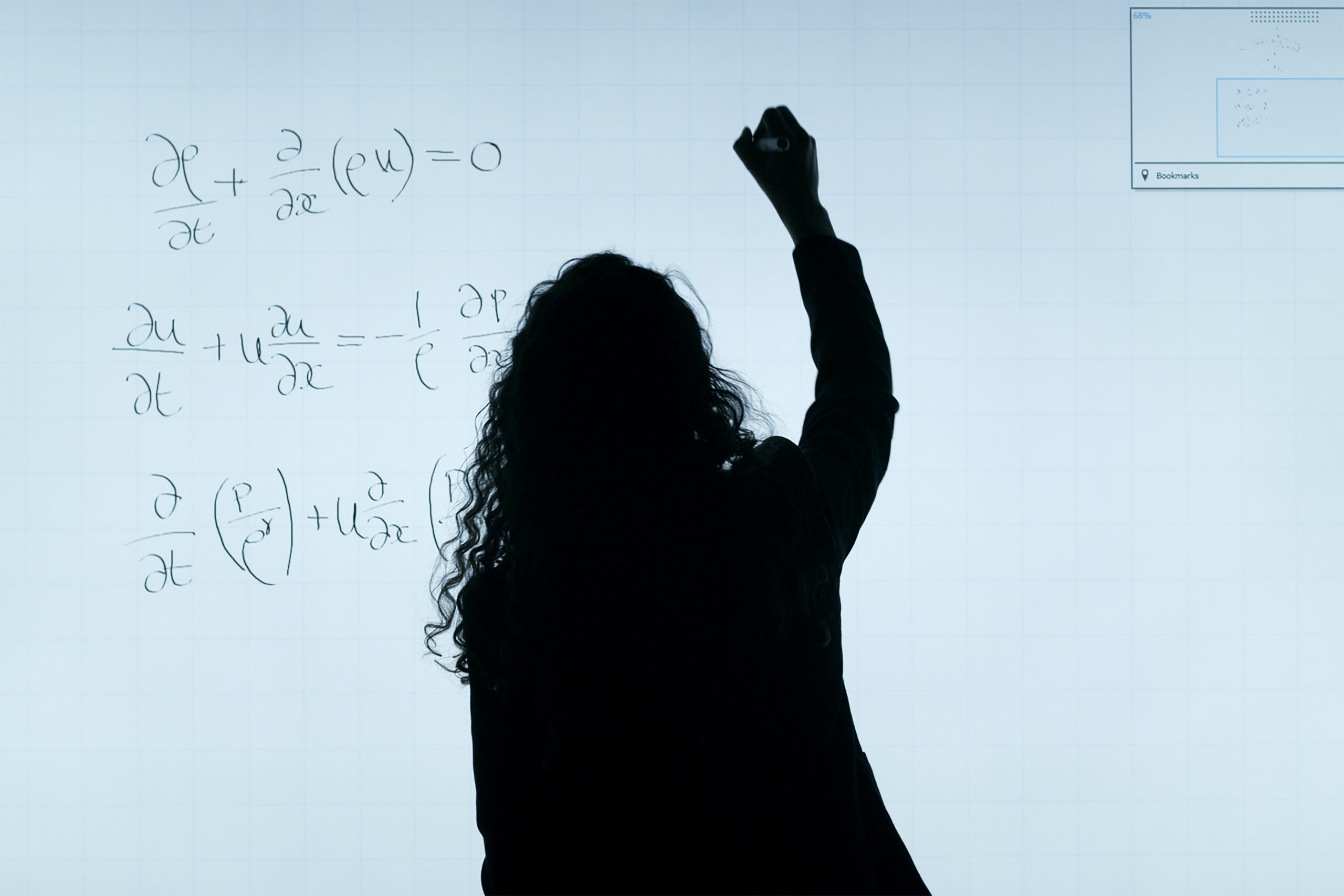Mathematics is the major science that also includes the calculations of the world, formulas, shapes, figures, numbers, quantities and their changes. It is also known as the all group of sciences. The adjusting digits of the numbers that give an approximate value is the rounding of numbers. These values of the given numbers provide the easier representation of numbers. In this article you will learn about the rounding numbers that need a chance to round off the numbers eligible for the nearest ten, hundred, thousands and so on. This writing will also help you understand the significant figures in mathematics. The significant figures in mathematics include the numbers that have meaning to the value of the number, that’s why we call it significant figures. We will elaborate on the complete discussion of rounding numbers and significant figures relationship in this article.
What are rounding numbers?
Rounding numbers refers to the values that are close to what it was after the round off or adjustment of digits up and down. The rounding numbers are those numbers that made the calculations easy that results in figures to make them easily remembered. Rounding numbers simply are the ones that adjust the digits up and down to make the calculations simpler. This helps in concluding the result to the estimated values rather than the precise one. It is also known that the rounding number values are less accurate but they are the estimated values and easy to use.
Round-up and round-down
If the numbers in the process increased or decreased, the rounding used the terms round-up or round-down to specify it. It is simply as the rounded numbers increase they would round up and when rounded numbers will decrease they would round down.
You can also round off the numbers easily by using the rounding off calculator for free.
What are significant figures?
The number of digits in a value, often measured, and the contributions to the degree of accuracy of that value described as significant figures in mathematics. The first rule for counting the significant figures is the counting at the first non-zero digit.
Basic rules for significant figures
Some of the basic rules will tell the significant figures in mathematics. That has characteristics to find the exact figures are as follows:
- All non-zero digits are significant. For example the 85 has two significant numbers i.e; (8 and 5).
- Any of the zeros that are between the significant digits are also known as the significant figures and the trapped zeros. For example 3021.34 has six significant figures i.e; (3, 0, 2, 1, 3 and 4).
- In the case of zeros before non-zero numbers are not included in the significant numbers except for other significant numbers. For example 0.0036 has five digits but the significant numbers are only two i.e; (3 and 6) and this is also said as leading zeros.
- The zeros that are present at the right of a decimal point are also considered as the significant figures. For example the 13.4600 has six significant digits i.e; (1, 3, 4, 6, 0 and 0). The zeros at the last of the value are also the significant figures.
You can also calculate significant figures easily by using sig fig calculator for free online.
Relationship between the rounding numbers and significant figures
The rounding of significant numbers would be possible to any digits, numbers or value,
regardless of any amount either big or small. It happens to any number for the estimated value of the long or big value that can simply utilize in any process.
The rounding off numbers will give the estimation of the actual amount
that is easily used in any of the calculations
If you have given an amount which needs to round off
then the steps that involve in round a significant figures are as follows:
- Examine the first non-zero number if rounded off to one significant figure.
- The digits after the non-zero number are round off to two significant figures.
- Need to draw a vertical line after the place value digit. The place value is the base of the entire number system.
- Then move towards the next digits and examine them.
- If the given value has 5 or more digits then increase the previous number by one.
- If the given value has 4 or less digits then keep the previous number the same.
- At last fill the space to the right of the line with zeros then stop at the decimal point if there would be one.


